Garden Visionary
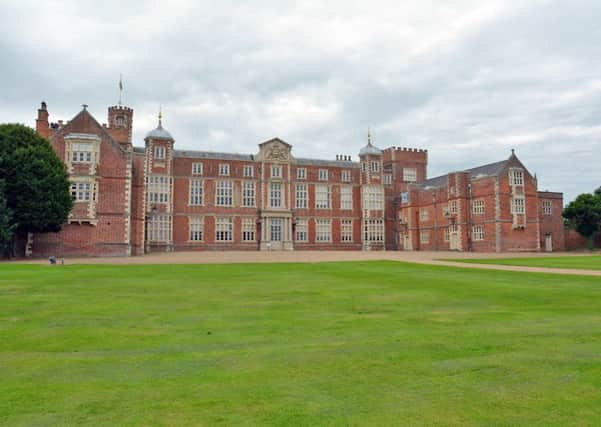

Over his 67 years he transformed the face of the English countryside, designing about 250 impressive parks.
His picturesque style can still be seen in Yorkshire, in particular at Burton Constable which is the best documented example of his work in the county.
Advertisement
Hide AdAdvertisement
Hide AdBorn as a yeoman farmer’s fifth child, in Kirkharle, Northumberland, he left school aged 16 to work as an apprentice in the kitchen garden at Kirkharle Hall, staying there until 23.
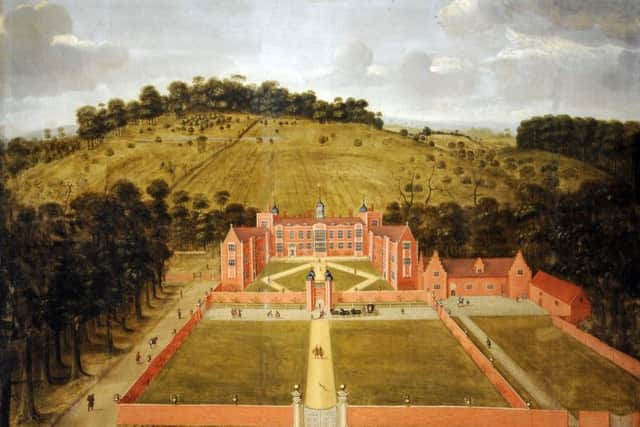

His first landscape commission was a new lake in the park at Kiddington Hall. In 1740, he worked under William Kent, at Lord Cobham’s Stowe Park, Bucks.
At 26, in 1742, he became head gardener at Stowe with an annual salary of £25 and during that time was allowed to take commissions from Cobham’s extremely rich friends; his reputation flourishing. After Cobham’s death in 1749, Brown set up his own business, work largely coming via recommendations. He also designed a few buildings.
Brown was sought after by landed families wanting something unique for their huge estates. In 1764 he was appointment as Surveyor to his Majesty’s Gardens and Waters at Hampton Court, with a considerable annual salary of £2,000.
Advertisement
Hide AdAdvertisement
Hide AdIn the 1700s, it was fashionable to improve estates which made him very busy. His work took years to complete and involved hundreds of men using only horses and simple hand tools. No one had designed landscapes like his before as taste dictated more formal gardens. He was visionary. Landowners loved him, but not everyone liked his style.
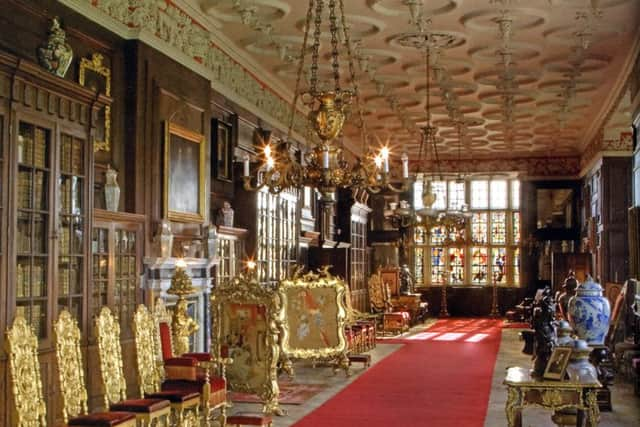

A speciality was making his landscapes look natural, although they were meticulously planned and he was renowned for creating amazing views. Often he used a local landmark like a church or a castle as a focal point. They were practical as well as pretty as he created arable and pasture land by draining water into huge new lakes.
He planted thousands of trees and frequently used a ha-ha – a sunken fence to restrict cattle movement without spoiling the view. He visited clients and staff by horse, despite suffering badly from asthma throughout his life, taking days to travel from one place to another, in all weathers and in dangerous conditions.
Between 1772 and 1782 Brown was at Burton Constable Hall in East Yorkshire to landscape the park.
Advertisement
Hide AdAdvertisement
Hide AdA view of the Hall from about 1685 although not showing the rear gardens,indicates the formal layout and approach to the house. Glimpses may be seen of the Tudor fishponds at the rear.
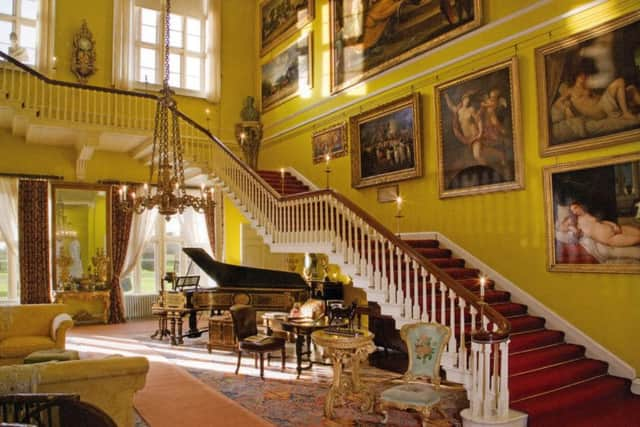

Also, a faint outline of the formal gardens in a geometric form is evident on a 1755 Burton survey plan, along with a semi-formal garden layout to the north west of the house that included a rectangular pond with plinths.
At Burton Constable Brown worked for William Constable (1721-91) who on inheriting the estate in 1747 was intent on remodelling both the house and park in line with contemporary styles. Like many gentlemen of the day, William Constable went on the Grand Tour picking up ideas.
In 1750 Brown produced designs for the house’s Great Hall but these were never executed, being used instead at Corsham Court. He was employed to landscape the park and made eight visits to Burton Constable between 1772 and 1782. They took place in the autumn and for each encounter the house steward recorded the minutes of the meetings under the headings ‘Hints from Mr. Brown’ and ‘Mr. Brown’s Directions’. The survival of these minutes provide a rare insight into how Brown executed his grand schemes at Burton Constable.
Advertisement
Hide AdAdvertisement
Hide AdIn 1773, Beverley plant grower Samuel Sigston provided 500 two-year old larches at three shillings a hundred; 100 elms five to six feet high for 20 shillings and 2000 beeches nine feet tall. William Constable also purchased trees from York, Chelsea, Holland, France and even America.
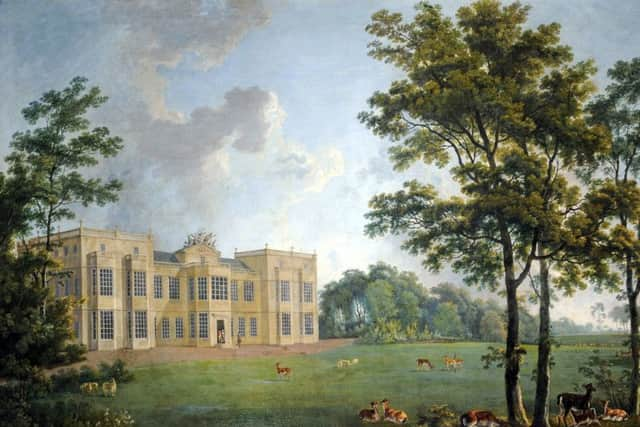

The Steward, John Raines, was in charge of the day-to-day running of the estate and oversaw all major works. During the 1760s and 1770s he signed the receipts for payment. He met with Brown to survey the estate and recorded Brown’s directions, which still survive today!
Hundreds of labourers were needed for excavating the lakes, felling trees, laying the new roads and countless other arduous tasks in order to create Brown’s landscape.
The exact labour numbers are not recorded in the accounts, as the overseeing workman would have paid them directly.
Advertisement
Hide AdAdvertisement
Hide AdStraight lines and geometric patterns of 17th century Burton Constable’s formal gardens made way for sinuously curving plantations of trees mirroring lakeside edges, woodland greeting the horizon and picturesque glimpses of the hall through tree clumps.
Spectacular features of Brown’s work a are the two serpentine lakes separated by a bridge. During his visit in September 1775 it was recognised that in order to expand the lake, whilst maintaining the appearance of a single piece of water, a southern lake adjoining the newly created north lake would need to be separated by a dam. Brown proposed introducing a bridge as a clever disguise.
Brown worked right up to his death from a heart attack on February 6 1783 in London. Many of Brown’s landscapes are still thriving intact today.